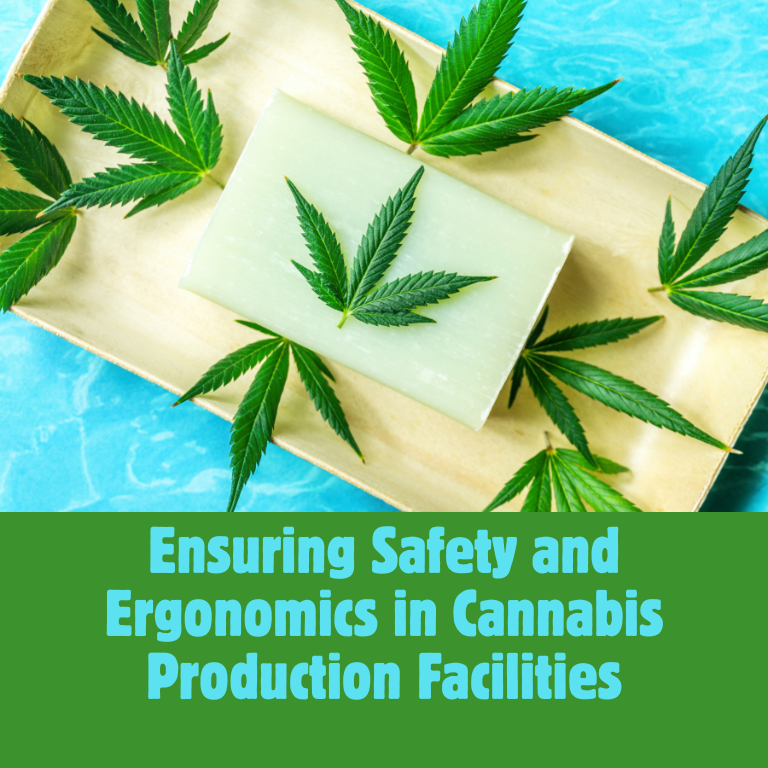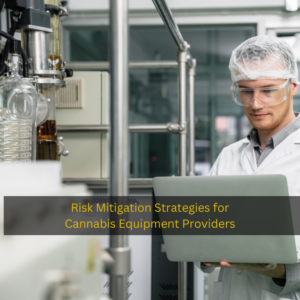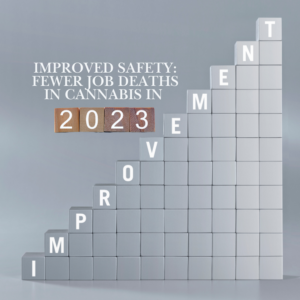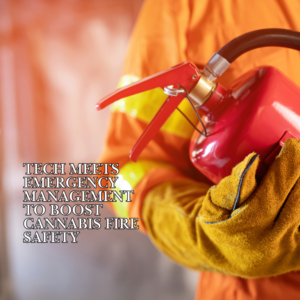Ensuring Safety and Ergonomics in Cannabis Production Facilities

Creating a Safe and Ergonomic Workplace in Cannabis Production Facilities
The cannabis industry is booming, but with its growth comes the need for robust safety and ergonomic practices. Workers in cannabis production facilities are exposed to various risks, from repetitive strain injuries to exposure to chemicals. Implementing effective safety and ergonomic strategies is crucial to protect employees and enhance overall productivity.
Understanding Ergonomics in Cannabis Production
Ergonomics is the science of designing work environments that fit the physical needs of workers. In cannabis production, ergonomics can prevent injuries, reduce fatigue, and increase efficiency. Proper ergonomic practices help in minimizing musculoskeletal disorders, which are common in tasks involving repetitive motions and heavy lifting.
Common Ergonomic Challenges
Cannabis production involves tasks like trimming, planting, and packaging, which can strain the body. Workers often engage in repetitive movements, awkward postures, and prolonged standing or sitting. These activities can lead to chronic pain and injuries if not addressed properly.
Designing Ergonomic Workstations
Adjustable workstations allow workers to change their working positions throughout the day. For tasks such as trimming and packaging, providing height-adjustable tables and chairs can reduce the strain on the back and neck.
Ergonomic Tools and Equipment
Using ergonomic tools can significantly reduce the risk of injuries. For instance, ergonomic scissors for trimming can reduce hand fatigue, while tools with cushioned grips can prevent repetitive strain injuries. Investing in equipment that minimizes effort and strain can greatly enhance worker comfort and productivity.
Improving Worker Safety
Education is the cornerstone of workplace safety. Workers should be trained on proper lifting techniques, the importance of taking breaks, and recognizing early signs of strain and fatigue. Regular training sessions can keep safety practices top-of-mind.
Personal Protective Equipment (PPE)
Personal protective equipment is essential in protecting workers from hazards. In cannabis production, this may include gloves, masks, and protective eyewear. Ensuring that PPE is readily available and workers are trained in its proper use is critical.
Chemical Safety
Cannabis production often involves the use of chemicals for pest control and plant nutrition. Workers should be trained in the safe handling of these substances, and facilities should be equipped with proper ventilation and emergency response plans for chemical spills.
Enhancing Workplace Environment
Proper lighting reduces eye strain and helps maintain focus. Using natural light sources when possible and supplementing with adequate artificial lighting can create a more comfortable work environment.
Ventilation
Good ventilation is crucial in a production facility. It not only ensures a supply of fresh air but also helps in controlling the levels of humidity and temperature, which are important for both worker comfort and plant health.
Break Areas
Providing well-equipped break areas where workers can rest and recharge is vital. Comfortable seating, hydration stations, and access to healthy snacks can make a significant difference in worker well-being.
Implementing Safe Work Practices
Rotating tasks among workers can prevent repetitive strain injuries. By varying the tasks, employees use different muscle groups, reducing the risk of overuse injuries.
Regular Breaks
Encouraging regular breaks is essential in preventing fatigue and maintaining high productivity levels. Short, frequent breaks allow workers to rest and reset, reducing the likelihood of errors and accidents.
Monitoring and Evaluation
Conducting regular inspections of the workplace helps identify potential hazards before they cause harm. Inspections should cover equipment, workstations, and the general environment.
Feedback Mechanisms
Creating channels for workers to provide feedback on safety and ergonomic issues can lead to continuous improvement. Encouraging workers to report hazards and suggest improvements fosters a culture of safety.
Creating a safe and ergonomic workplace in cannabis production facilities is not only about compliance but also about ensuring the well-being of workers. By investing in ergonomic equipment, providing adequate training, and maintaining a healthy work environment, companies can reduce injury risks and enhance productivity. Prioritizing worker safety and ergonomics is a win-win for both employees and the business.











